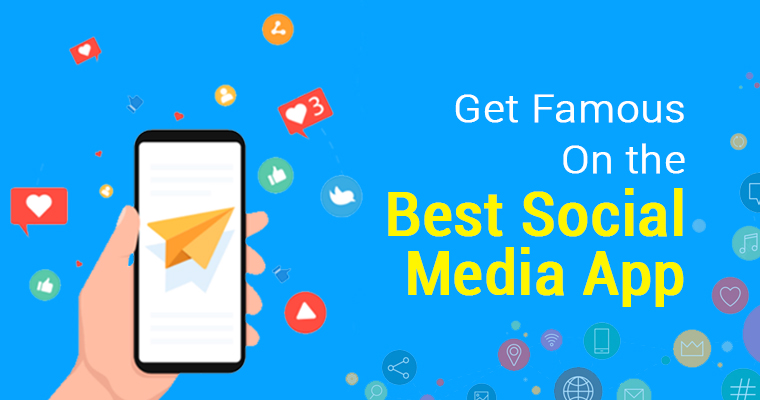It would be so useful for corporate strategy effectiveness to be able to ask potential customers what their interests are. Instead of analyzing lots of interaction data, let your contacts let you know when they are ready to buy. These are the goals of conversational marketing.
Definition of conversational advertising
Conversational marketing is a strategy that creates and optimizes a one-to-1 relationship between a company and its customers in real-time. You can always hire a Digital Specialist for this if you don’t have time or the right person for doing the marketing tasks.
Chat and bot technology are now available to companies that allow them to keep in touch with prospects on their preferred channels to engage them in a conversation that naturally accompanies them to purchase.
Why is it that buyers prefer b2b advertising to be based on conversation?
Because customers, much like consumers, expect a personalized shopping experience and the ability to interact with companies. People have become accustomed to anticipating their needs thanks to giants like Amazon and Netflix.
B2B buyers are also people. Therefore, companies should be prepared to offer solutions even before prospects express a need. But what does organic search mean in google analytics?
We are not talking about cold calls or generic emails. Instead, we mean personalized messages that grab prospects’ attention and create emotional involvement.
Conversational marketing bridges users’ preference for a personalized browsing experience, and their feeling of being spied upon through their interactions with a company’s website or social media. It’s a way to reconcile the need to help users with respect for their privacy.
Conversational marketing is possible through effective channels
Let’s begin with the latest innovation: LinkedIn conversation Ads. This is an evolution of Sponsored Mail which allows you to activate paid message campaigns with highly personalized calls to action.
This is an expensive option, and it’s not cheap. It is worth considering other options, such as the Inbound Approach.
Facebook allows users to automate certain answers to frequently asked questions through Messenger. It is worthwhile activating this function on the institution page if the target audience of the company uses this social network.
You can chat instead on the company website. There are operators available to assist customers (and site visitors) or bots.
This channel allows for a conversation to be had with prospects without any friction. It is much quicker than filling out a contact request form or information form. Additionally, it provides valuable data that can help the company qualify the lead.
This historic moment has enabled buyers of all ages to move their discussions with colleagues online. Chats have proven to be a highly effective channel for getting them the answers they need, when and where they want.
It’s not always possible to call the switchboard, and it’s not certain that prospects have the contact information for one of the sales reps. The chat is a compromise between the online experience and the more realistic one.
It is important to provide a positive experience based on actual purchases and to continue improving it through the analysis of data.








